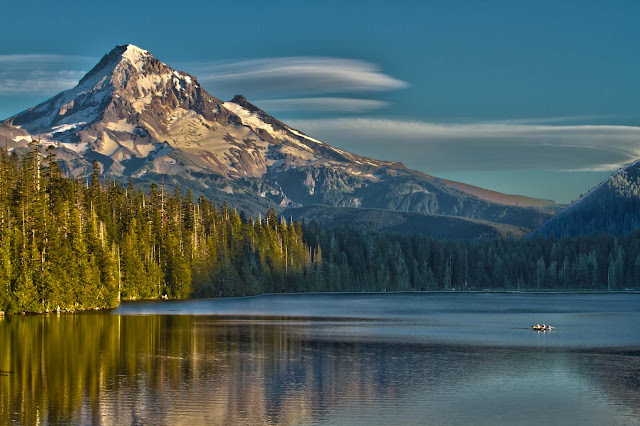The Hiran Minar is one of the best known and most beautiful site
used to be the favorite hunting spot of all Muslim rulers. Hiran Minar or "The Deer Minaret" is 17th
century Mughal-era complex located in the town of Sheikhupura, about 40
kilometers northwest of Lahore in the Pakistani province of Punjab. Hiran Minar
was built at the site of a game reserve in honors of Mughal Emperor Jahangir's
pet antelope, due to his fondness of nature and relationship between human’s
pets and hunting.
Therefore, Hiran Minar was built during the reign of the
Mughal Emperor Jahangir in a hunting reserve used by the Mughal royals. During
the region of Emperor Salim from 1605 to 1627, Sheikhupura had the status of a
royal hunting ground. The minaret itself was built in 1606 as a monument to
Emperor Jahangir's beloved pet antelope, Mansiraj, or "Light of the
Mind". Who had been trained to lure wild animals to the tank in order to
be hunted?
The practice of building such tomb-markers over the skulls of game
animals is an ancient Persian custom. Mughal Emperor Jahangir ordered to build
a tower and a grave for his deer, Mansraj, and he spotted a deer tried to kill,
but accidentally killed his own favorite, Mansraj. The emperor becomes so sad
that he ordered to bury deer in the ground where it died and build a tower
called Hiran Minar. This is a very rare example of love towards a pet, a
gesture of love towards wildlife in a time when the western world was even not
familiar with such intentions.
The reserve was built in a scrub forest, and allowed Jahangir
to get experience of sense of semi-wilderness near the imperial city of Lahore.
The game-reserve was used as a park where visitors could enjoy the sport of
hunting. The minaret and tank were soon accompanied by a larger pavilion, built
during the reign of Shah Jahan. The Jahangir-era minaret stands 30 metres tall,
and was built in 1606 as a tomb marker for the emperor's pet antelope, Minraj.
The sides of the minar are inscribed with a eulogy to the pet antelope. Today after
the collapse of its canopy on the top is 110 feet in height. There are 108
steps on a spiral staircase lead to the summit of the minaret where rest the
remains of Mansraj. A massive rectangular water-tank pool measuring 229 metres
by 273 metres lies at the heart of the complex.
Moreover at the center of each
side of the tank, a brick ramp slopes down to the water, providing access for
wild game that were sought by hunters. An octagonal pavilion built during the
reign of Shah Jahan lies at the center of the pool. The pavilion is
two-storeyed, and topped by a rooftop chhatri that served as a stone gazebo.
The pavilion's architecture is similar to the Sher Mandal at Delhi's Purana
Qila, built by Emperor Humayun. The pavilion was surrounded not only by the
water tank, but also semi-wilderness.
The pavilion was thus likely used for recreational purposes. A
causeway spans the pool to connect the minaret with the pavilion along an axis
which passes through a gateway. Moreove an exclusive features of this specific
complex are the antelope's grave and the distinctive water collection system.
At each corner of the tank is a small, square building and a subsurface water
collection system which supplied the water tank; only one of these water
systems is only extensively exposed nowadays.
This is an enjoyable and calm
place for picnic and to feel relax with gardens in surrounding with a lack and
boating facilities. A thick keekar-jungle flanks the northern side of the pool,
with winding footpaths zigzagging their way over the raised mounds. On the
opposite side the pool a tree-lined garden, with a canteen and some swings and
slides awaits picnickers. The Mughals emperors are famous for their love for
beauty and nature. The Mughals were infatuated with gardens, forts, mosques and
mausoleums, where they lived they erected a structure in any of the above form.
Hiran minar is a different construction from all of Mughal places and a unique
one within its theme and concept.





















































